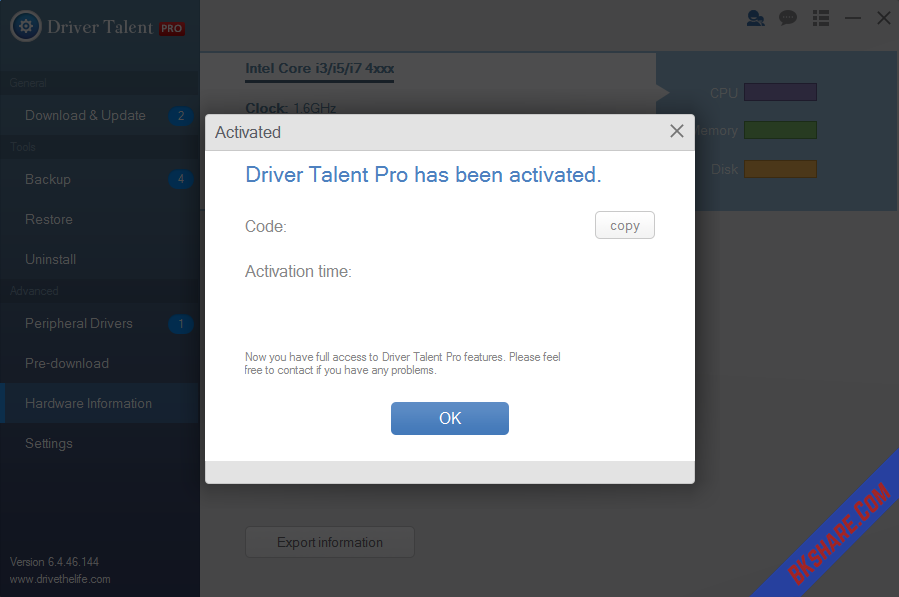Xtools Pro For Arcgis Desktop Cracked Background

Background Geoprocessing (64-bit) is available as a separate installation on top of ArcGIS for Desktop. The following information only applies if you have the Background Geoprocessing (64-bit) product installed; otherwise, background processing is done in 32 bit. What is 64-bit Background Geoprocessing? The installation of the ArcGIS for Desktop— Background Geoprocessing (64-bit) product replaces the regular 32-bit which comes standard with ArcGIS for Desktop. Using 64-bit processing to perform analysis on systems with large amounts of RAM may help when processing large data which may have otherwise failed in a 32-bit environment.
XToolsPro - Extension for ArcGIS. Latest version XTools Pro 8.1. Multiple Map Layouts. Metadata Editor. Split Layer by Attributes. Export Data to KML. دانلود XTools Pro 9.0. Background geoprocessing. نرم افزارهای Desktop (191) ArcGIS (168).
Since all execution is done in the native 64-bit space, more system resources can be used. Tools that execute in the background honor your current license. For example, if you are licensed for ArcGIS for Desktop Standard, then background execution will honor all tools that are licensed for Standard.
Background processing does not consume a second license; only one license per machine is used. If you want to return to 32-bit background processing, you need to uninstall the 64-bit background processing software.
Using 64-bit background processing Executing a tool in the background allows you to continue interacting with the application so you can continue working with maps and layers while geoprocessing tools execute. Evaluate the following sections against your current workflows.
If any of them apply, using data from an enterprise geodatabase, for example, ensure you have taken the proper steps to use 64-bit background processing. Desktop, Workgroup, and Enterprise geodatabases ArcMap and ArcCatalog are 32-bit applications that communicate with database management systems (DBMS) through 32-bit client libraries regardless of whether the database is 32 or 64 bit. Led lcd tv repair manuals. The 64-bit version of background processing requires 64-bit client libraries to make a connection.
For example, if you're using tools with 64-bit background processing and enterprise geodatabase data, you'll need to make sure you have both the 32- and 64-bit client libraries installed on your machine. ArcGIS for Desktop will continue to use the 32-bit libraries, and background will use the 64-bit libraries. See the topic for more information on downloading the appropriate libraries. Unsupported data types The following data types are unsupported in 64-bit processing: • (.mdb) • Excel tables (.xls,.xlsx) If your workflow involves any of the above data types, you can execute the tool in the foreground by disabling background processing or convert your data to a supported type, then execute the tool in the background.
Coverage data is supported as input to tools, but it is not a valid output type. Unsupported tools Tools that do not run in the background include the following: • Tools inside the toolset • Tools inside the toolset • All tools • Tools which • Graphing tools (64-bit geoprocessing only; these tools work in traditional 32-bit background processing) • Custom script, model, or function tools where the author has disabled background processing You can check the General tab of the tool properties for the Always run in foreground check box to see if a tool is capable of running in the background. When authoring a script tool that might be consumed in the 64-bit process, be sure that the tool does not call any unsupported tools. Your script tool can execute in the background but may fail when the process calls an unsupported tool.
Python scripting Any script or script tools you run while inside Desktop honors the background processing setting. If background processing is turned on, the scripts will execute in the 64-bit space. 
- пятница 29 марта
- 62